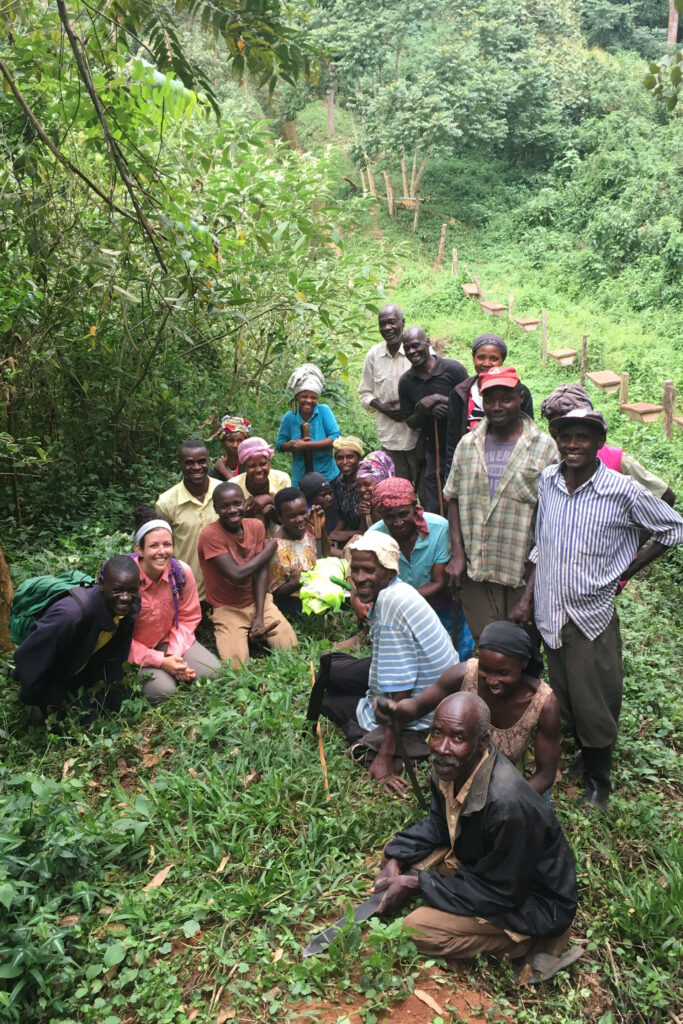Farmers outside Kibale National Park in Uganda had a huge problem: elephants kept trampling their crops.
This is one of many examples in which human–wildlife interactions become dangerous for both parties. Animals who wander outside protected areas have been known to eat and/or damage crops of subsistence farmers. And those same farmers often protect themselves and their livelihoods with lethal results for wildlife.
To help keep the peace, local community members — along with Krista Milich, a biological anthropologist at WashU — partnered together to empower each other with supplies and advice.
Slowly by slowly — mpora mpora, as they would say in Uganda, people are going out every week and doing this hard work … It’s really encouraging. It makes you realize that if we work together, there’s nothing that can stop us from achieving what we want.
Krista Milich
Through trial and error, researchers and community members found that strategically placed beehives scared away wildlife — including elephants. An area that had been an “elephant highway” is now safe for crops, thanks to these “bee fences.”
Keeping the elephants and other wildlife away has other, far-reaching benefits: Farmers no longer risk malaria from mosquito bites when watching the fields at night, and children can stay in school because they don’t have to guard the crops. Also, keeping wildlife and people separated helps reduce the chance of diseases crossing over from animals to humans.
These simple remedies are helping people in local communities succeed.
